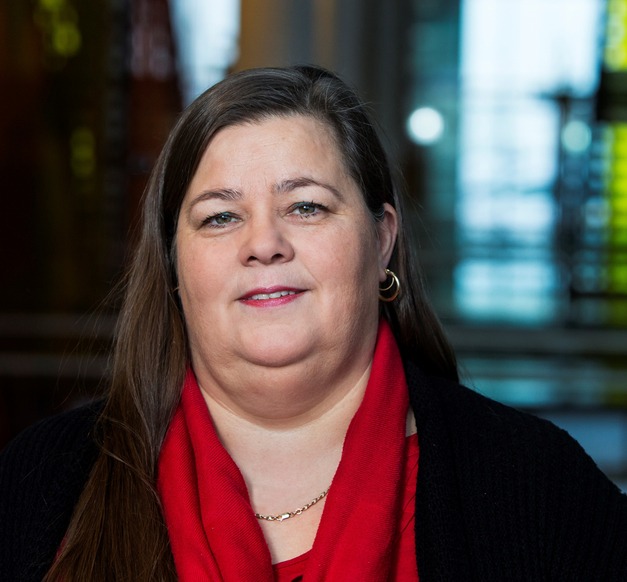Svava Pétursdóttir, Associate Lecturer at the Faculty of Teacher Education
Information technology is constantly becoming more important in modern society and the education system is a part of that. There are diverse research projects conducted within the University of Iceland's School of Education that focus on examining the use of information technology in teaching, and its effect on school work. Svava Pétursdóttir, associate lecturer in teaching young children and Torfi Hjartarson, associate lecturer in education studies and information science, are working on one for the first level of schooling.
"The study revolves around comparing and developing the use of tablets in preschools with emphasis on reading, communication and agency of children in collaboration with Icelandic preschools. Myself, Torfi and the preschool Nóaborg accepted an invitation from the University of Halmstad in Sweden to join them in this internordic project for increasing the part of information technology in teacher education," says Svava.
Svava Pétursdóttir
"It is important to examine the agency and empowerment of children, and how technology can become a useful tool to express their opinions and experiences."

Svava's doctoral project was on the use of information technology in natural science teaching. "This combines my two interests as a lecturer in teaching young children Information technology can provide learning opportunities that are interesting and have not been much studied," she points out.
Svava say that it varies to what extent schools make use of information technology. "It varies how well schools are equipped and some teachers question the role of technology in preschools. Others use it systematically for the education and development of children," she says.
The experience of tablets is good in the preschool Nóaborg according to Svava. "Both the children and the staff are making progress in mastering them and they are easy to use when the opportunity arises. Work and projects connected to photography are prominent, both in documentation and in parental collaboration. It is, furthermore, a conversation starter and stimulation for language use when children express themselves about their experiences in the home and in school," says Svava, and adds that students also use games and educational apps to train both reading and mathematics. She points out that the staff realises that technology is just one way or one tool in addition in teaching that needs to be used in moderation. "In the preschool Nóaborg the children's screen time never exceeds 30 minutes on average per week."
Svava says it is important to use information technology to stimualte children in various ways. "It is important to examine the agency and empowerment of children, and how technology can become a useful tool to express their opinions and experiences, thus increasing their chances of becoming participants in a society that is characterised by the use of technology."


